Friendship Hospital’s leap towards cardiac CT revolution
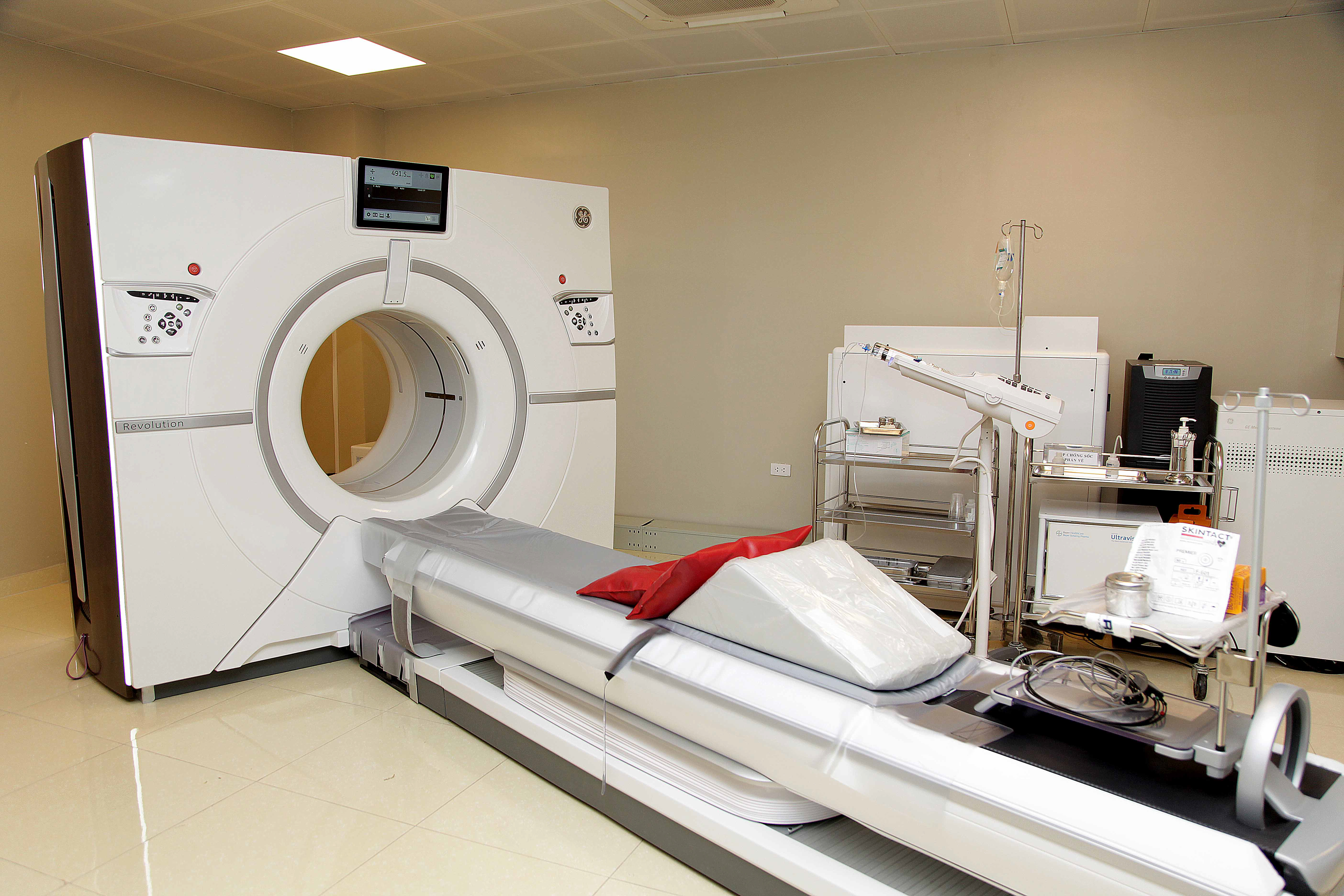
Investing on the new high performance GE CT scanner is considered as a breakthrough in cardiac diagnosis and treatment of Friendship Hospital.
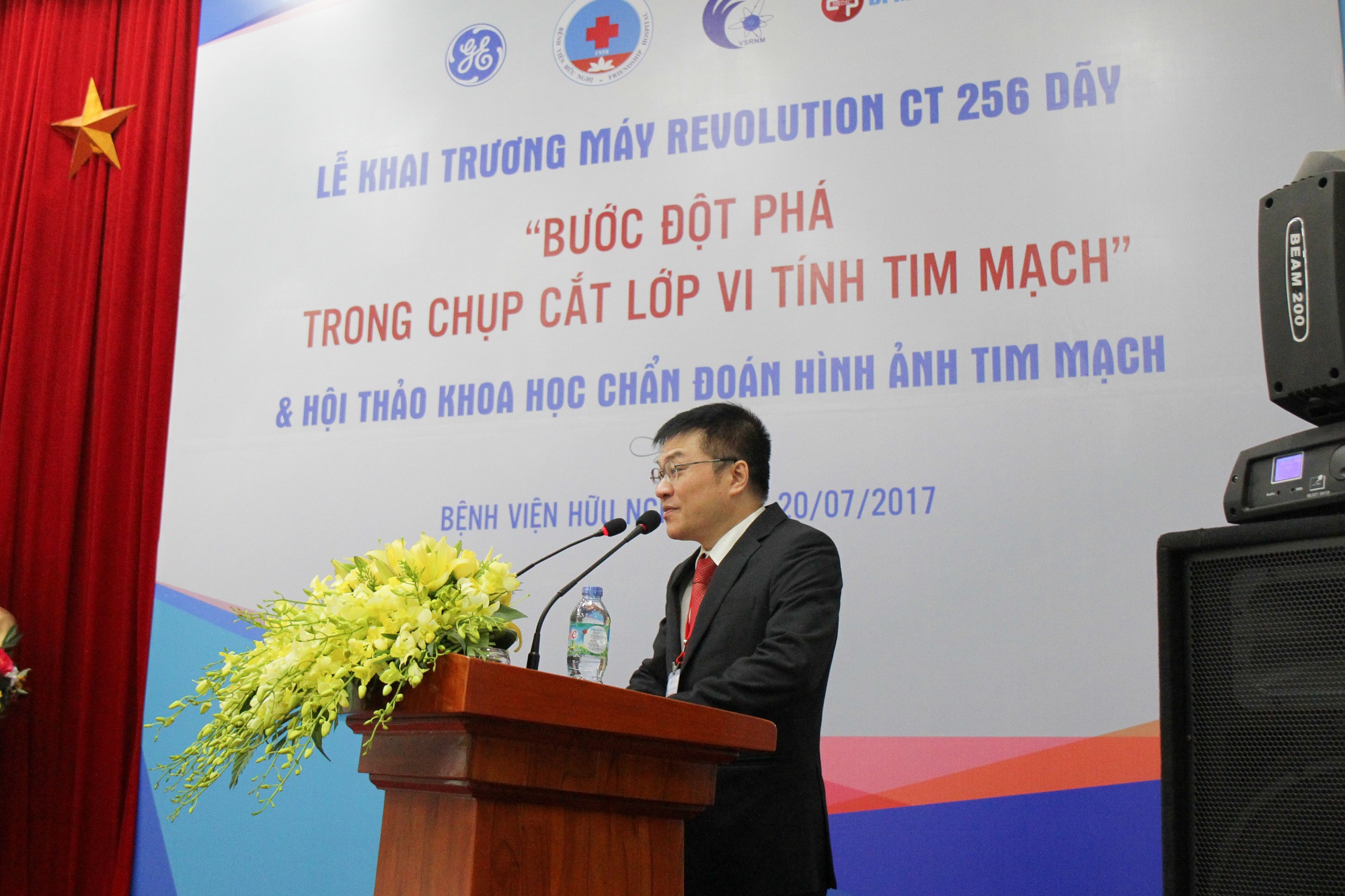
“Friendship Hospital invested in CT 64 detector rows technology since the early days to improve the quality of cardiac disease treatment. However, this method still has some drawbacks. In order to solve these problems to meet professional requirements, we recognize the need to invest in 256 detector rows and GE Revolution CT scanner is our most appropriate choice,” said Assoc. Prof. Nguyen Thanh Ha, director of Friendship Hospital.
CT multi-slice technology plays an important role in the diagnosis and monitoring of cardiac diseases. Designed with revolutionary snapshot capability (0.28 second within the heart cycle to scan the whole heart in a single beat) as well as the 16cm of detector coverage, Revolution CT delivers high quality images for early diagnosis of congenital heart disease, infantile heart disease as well as cardiac diseases in adults, which helps clinicians decide the right treatment path for patients.
"This is an innovative system with an improvement in hardware design in a comprehensive way, from the 16cm gemstone detector with focally aligned modules design, contactless slip ring and Whisper Drive system to the 3D collimator; they are all designed for optimum image quality with one of the best resolutions possible of patients at any heart rate," said Le Thi Thu Hang, GE Product sale specialist.
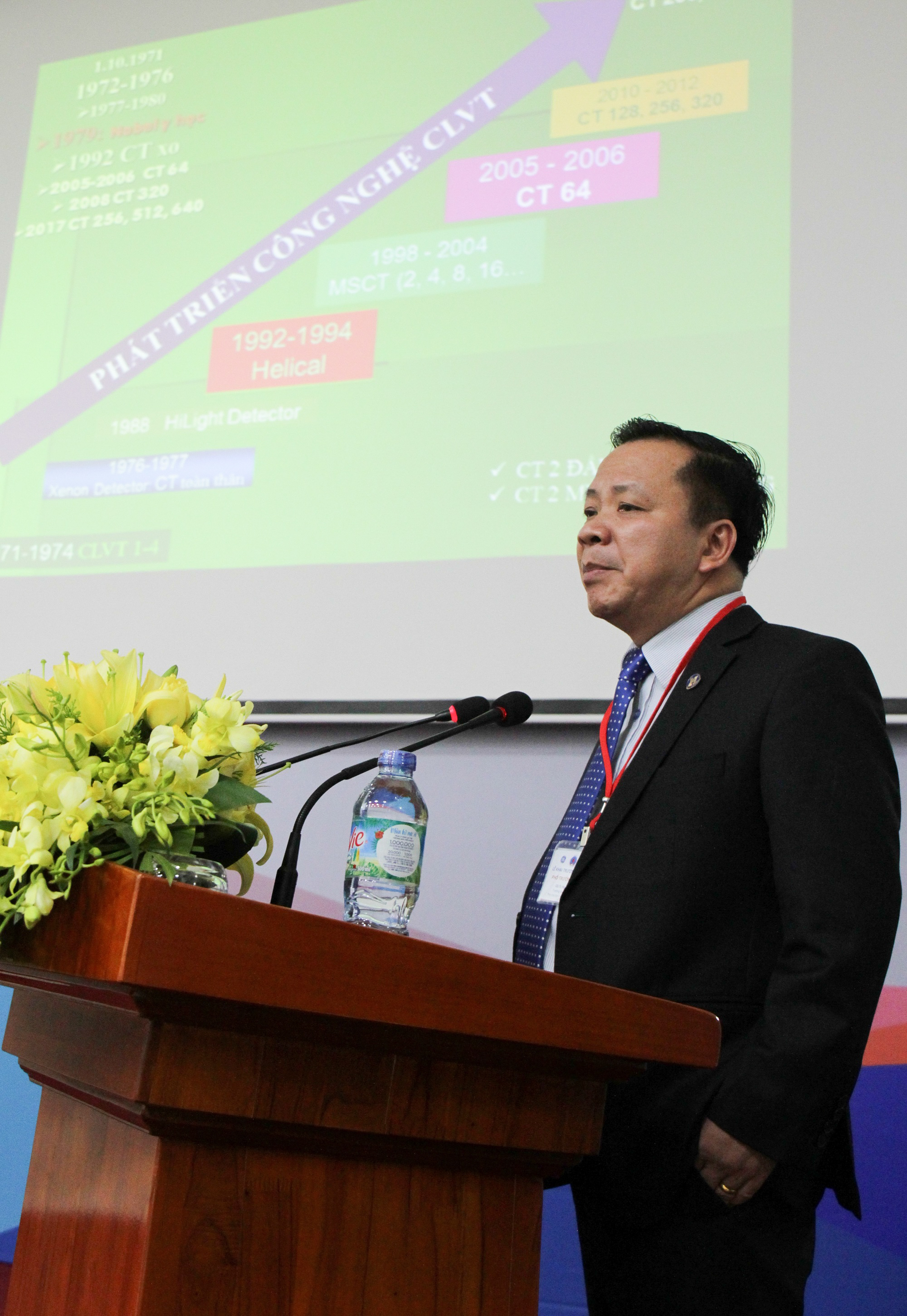
According to Assoc. Prof. Nguyen Quoc Dung, head of Diagnosis Imaging at Friendship Hospital, Revolution CT brings a lot of medical benefits: "The new technology integrates software that gives 82 per cent dose reduction compared to traditional methods; it also allows the assessment of both the morphology and myocardial perfusion in one shot. Especially, the results help accurately assess the area of the brain that can be saved in stroke, and provide effective chemotherapy in cancer."
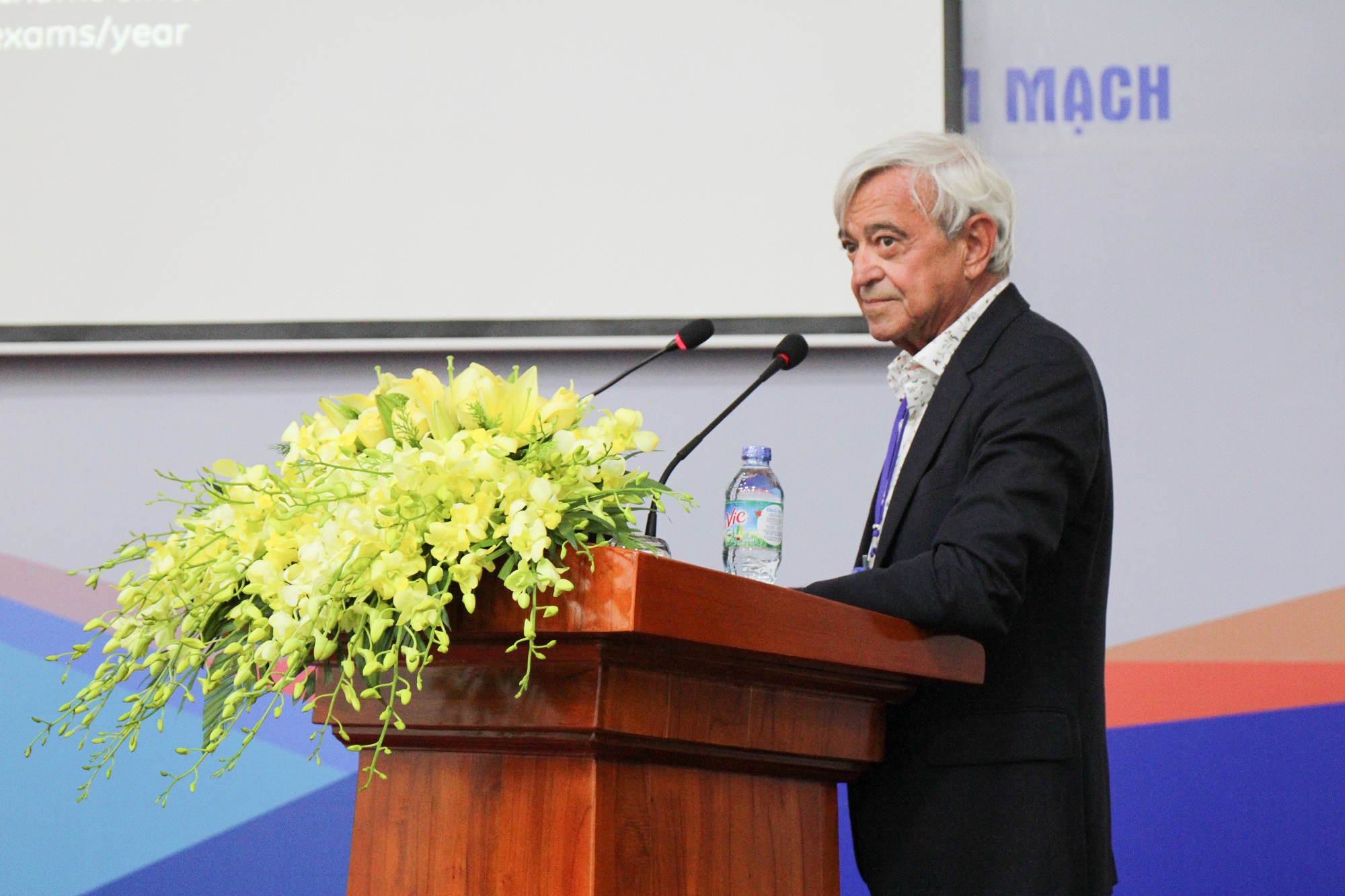
International experts in the industry have also made a statement on this technology. According to Prof. Jean Louis Sablayrolles, head of Cardiovascular CT - Imaging Centre Cardiologique Du Nord, Saint Denis, France: "High speed snapshot, optimum image quality and low radiation dose are the three main benefits of this Revolution CT system. With these advantages, CT angiography is becoming the first reliable diagnostic step in imaging diagnostics for cardiovascular patients.”
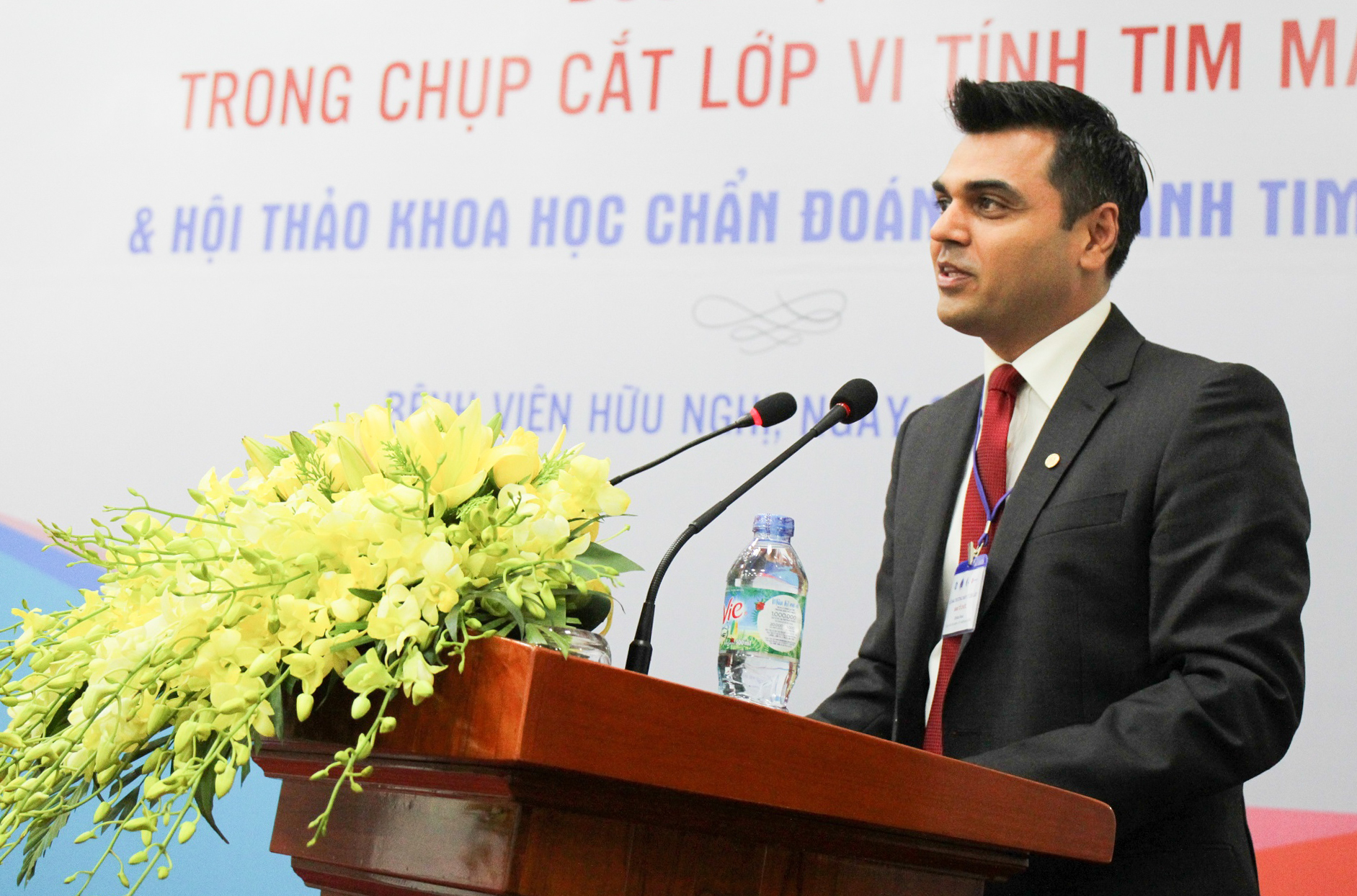
“GE Healthcare believes that applying new high performance GE CT scanner with various medical benefits in cardiac diagnosis will give the clinicians of Friendship Hospital a solution for improving image quality, contributing to the higher accuracy in diagnosis and treatment,” said Chintan Desai, commercial leader of GE Healthcare ASEAN.
Being a reliable partner of the Vietnamese government and medical organisations in terms of improving the quality of healthcare system and doctor training, GE Healthcare has been active in Vietnam for years. Every year, GE spent billions of dollars for research and development investment to bring about excellent medical equipment, with the mission to improve people’s health.
| GE Healthcare and partners extend BME training to South Vietnam GE Healthcare, in partnership with the Department of Medical Equipment and Construction under the Ministry of Health and local dealers VietMedical and T.D. Medical, recently conducted a five-day biomedical engineering (BME) training course for engineers from 56 hospitals in the southern provinces of Vietnam. |
| Renewing healthcare from the inside out The vast majority of the world’s population has limited access to affordable and quality healthcare. GE Healthcare’s newly launched Sustainable Healthcare Solutions has gone the extra mile to bring advanced technologies and accessible medical solutions to the world’s emerging markets. Tay Lan reports on how this new business model is benefitting patients in Vietnam. |
| GE Healthcare training for the future There is a global shortage of trained and skilled healthcare workers, a problem that is expected to worsen. In 2013, the world faced a shortage of 7.2 million healthcare workers and by 2035 the number is expected to reach by 12.9 million, according to the World Health Organization. |
What the stars mean:
★ Poor ★ ★ Promising ★★★ Good ★★★★ Very good ★★★★★ Exceptional
Latest News
More News
- Addressing Vietnam's energy challenges with aeroderivative gas turbines (February 28, 2023 | 09:33)
- How to sprint ahead in 2023’s worldwide energy priorities (February 08, 2023 | 13:55)
- Boosting Vietnam's grid stability through gas turbine technology (November 22, 2022 | 20:02)
- Healthcare trio collaborates to provide thousands of free breast scans (October 27, 2022 | 17:19)
- GE Healthcare's vision for AI-backed radiology (September 29, 2022 | 11:53)
- GE brand trio to shape the future of key industries (July 19, 2022 | 15:35)
- GE unveiling brand names and defining future (July 19, 2022 | 15:16)
- GE: the shortest route towards sustainability (July 18, 2022 | 08:00)
- Be proactive in an uncertain world (May 20, 2022 | 11:40)
- GE secures first 9HA combined cycle power plant order in Vietnam (May 16, 2022 | 17:06)


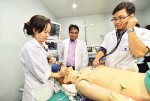
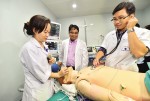
















 Mobile Version
Mobile Version